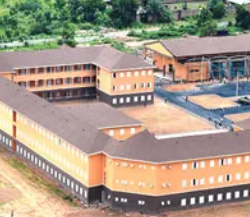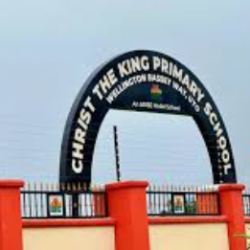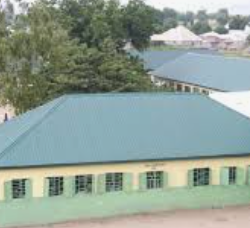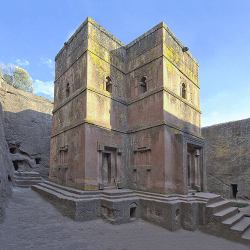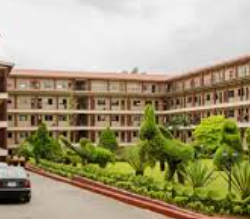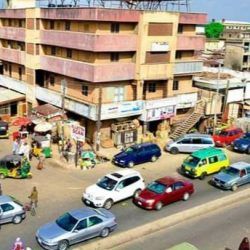The villages that made up Minna were Gbangbapi, Gbadnai, Shango, Bosso, Ebbi (Maikunele) and Gbaiko.
Most of these villages now fall under Bosso Local Government with the exception of Gbangbapi and Gbadnai.

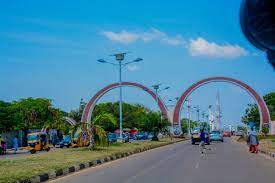
Minna, Niger state capital, derived its name from Gbagyi (Gwari) words Min and na.
The word Min means spray and na means fire.
The town originally was on the hill at Sayako and walls (Ganuwa) built around it.
There were also Gbagyi towns and villages in and around the present site of the modern Minna.
In the olden days, at the certain period of the year, all villages far and near Min-na town on the hills used to extinguish their fire for the New Year fire which was usually fetched from Min-na town.
This practice of annual extinguishing or spraying of fire gave the town on the hill its name M’ina’ with single n the additional n in the word `Minna’ was the making of colonial masters to suit their pronunciation.
The construction of railway line from Baro through Minna in 1911 is one of the factors that led to it becoming the administrative headquarters of the old Niger province.
This paved way for strangers to settle in the town, and while some settled permanently, others only work as civil servants and large extent trading.
These strangers who naturally could not live with the natives in the hills nor the surroundings villages built their huts beneath it.
It should also be stressed that Minna strategic location with relatively easy accessibility from all parts of Niger State and other parts of the country through railway line and perhaps its proximity to the federal capital, Abuja exposing it further to the outside world, made it suitable for a state capital.

